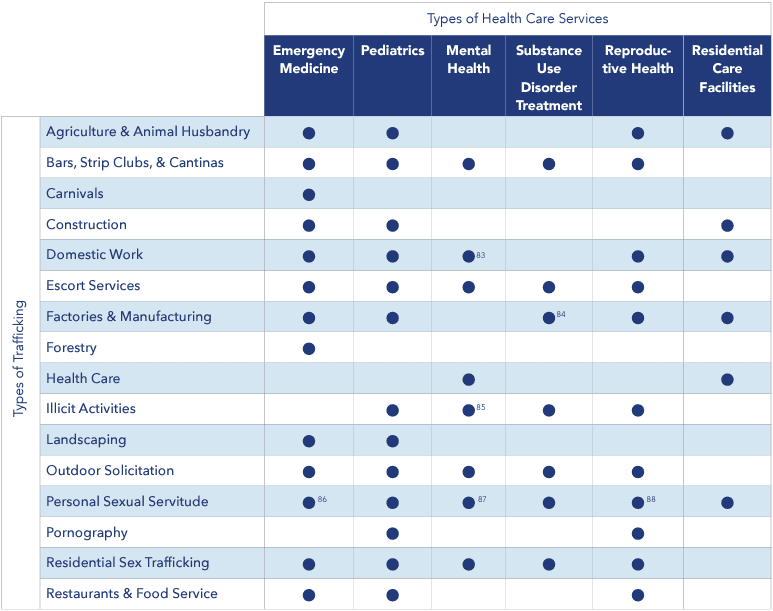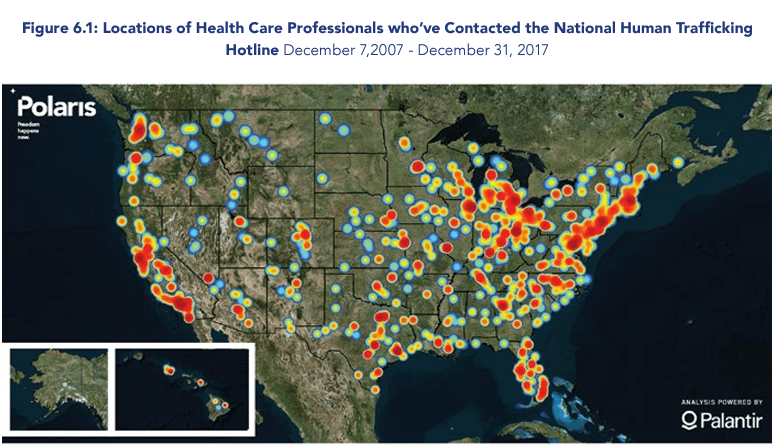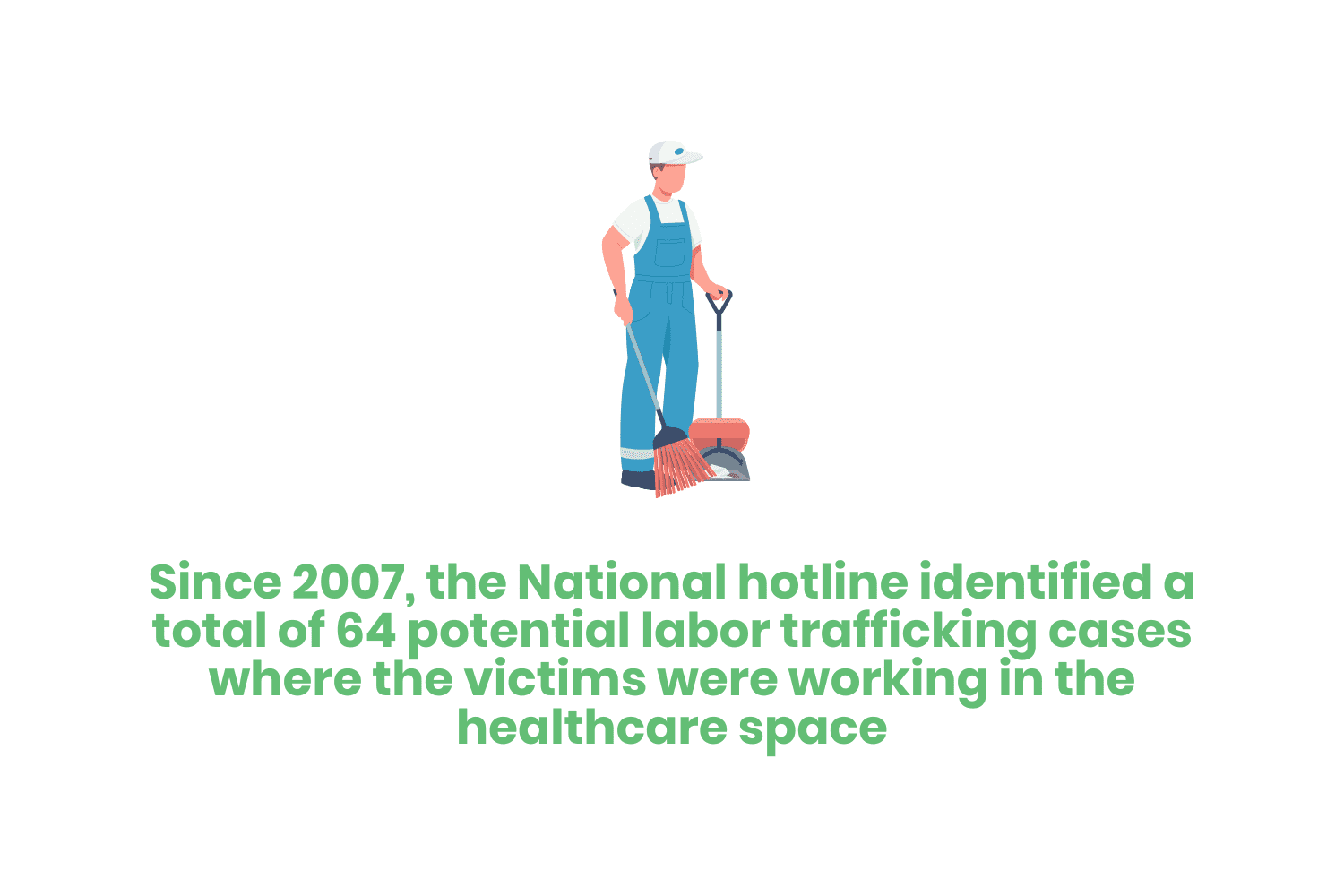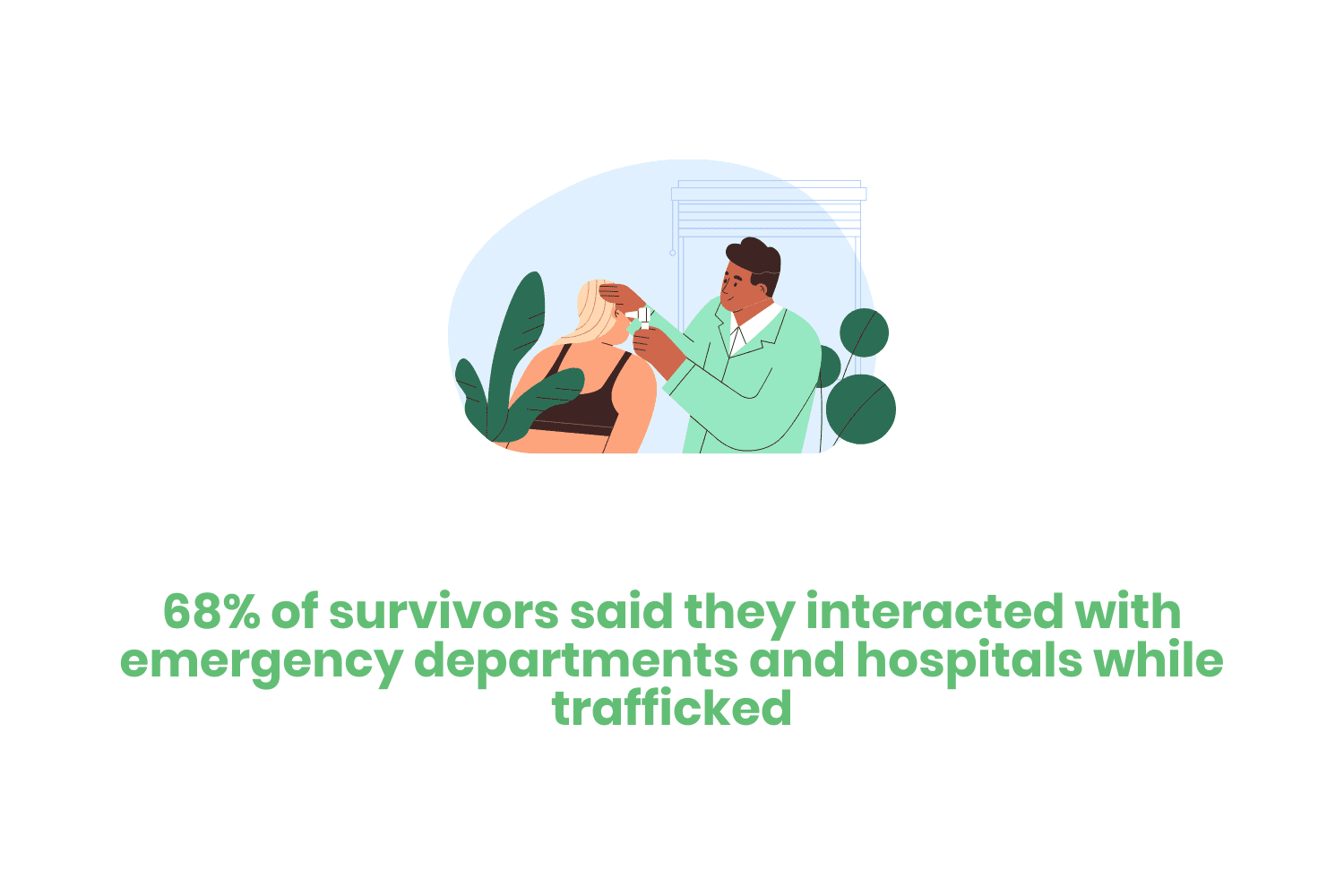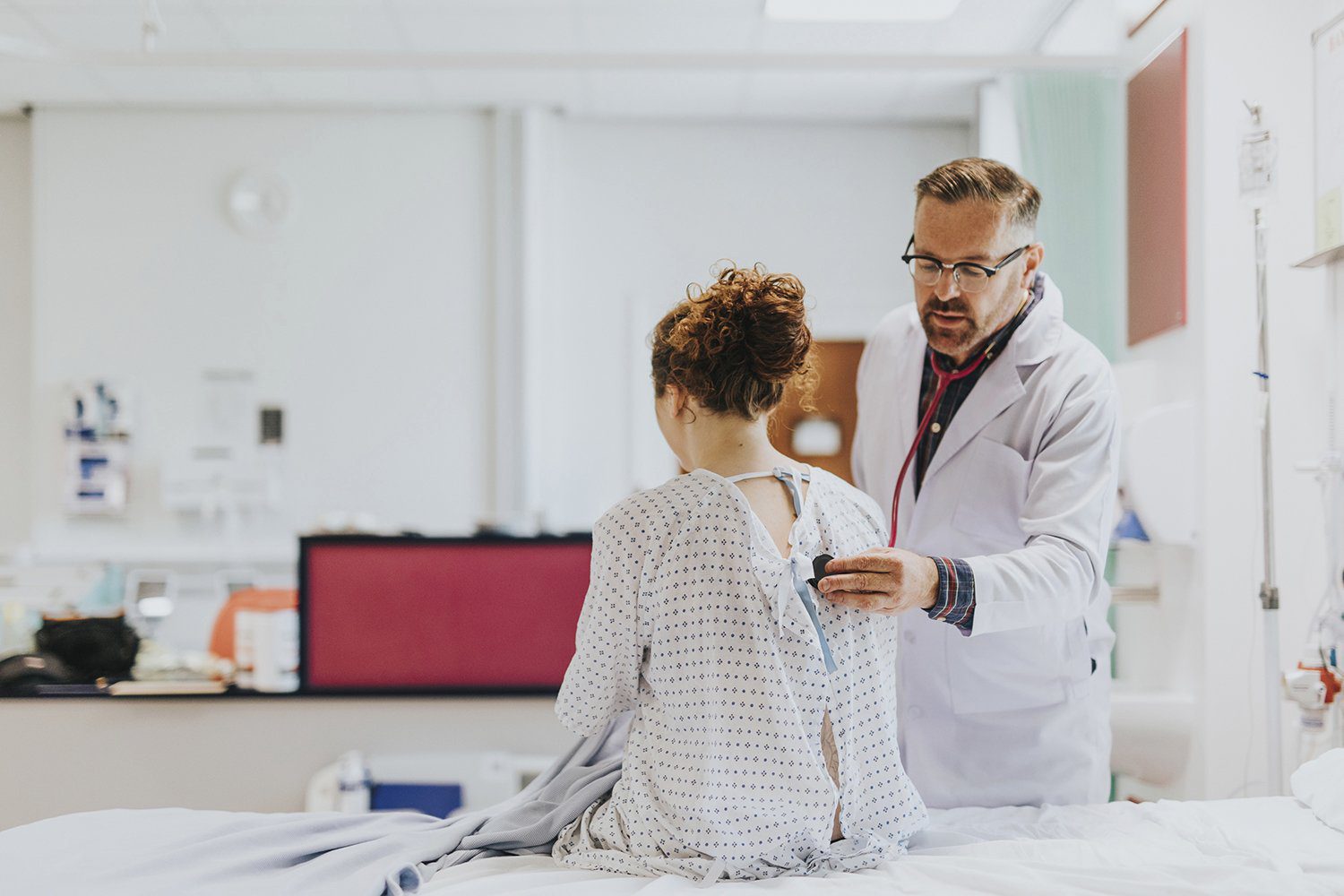
Human Trafficking and Healthcare: Everything You Need to Know
Human trafficking doesn’t happen in a vacuum. It exists within an ecosystem or matrix. It intersects with a range of legitimate industries and cultural, governmental, and environmental systems.
Examples of human trafficking are everywhere. Traffickers use banks to store their illegal earnings. They use buses to move victims around. Hotel rooms are rife with sex trafficking victims being actively exploited and abused. Social media is rife with ads for services related to human trafficking.
The more we know about human trafficking, the possibility to prevent and disrupt the crime increases.
The healthcare sector overlaps with human trafficking in a variety of ways, including in private and public healthcare. Both subsections are important because fighting human trafficking requires participation by business and industry partners with resources to stop illegal activities.
So, what is the correlation between human trafficking and healthcare? How does it happen? Who is prone to exploitation? How do traffickers control their victims? Why don’t victims tell their doctors about their trafficking situations during the visit?
If these are the types of questions you are asking, you’ve come to the right place. Let’s take a look at how human trafficking and healthcare overlap.
Table of Contents
Human Trafficking and Healthcare at a Glance
Human trafficking victims may seek out or receive 6 different subtypes of healthcare services.
These subtypes of healthcare services include…
-
Emergency medicine
-
Pediatrics
-
Mental health
-
Substance use disorder treatment
-
Reproductive health
-
Residential care facilities
The following graph provided by the Polaris Project serves as an overview of how different types of trafficking victims may receive healthcare services.
All of this information comes from contacts with the human trafficking hotline since 2007. It also comes from surveys, focus groups, and anecdotal information received from clinicians.
Each dot can represent one or more touch points throughout a victim’s trafficking ordeal, including the recruitment, exploitation, and post-trafficking process.
The absence of a dot may mean that there is insufficient data or research on the intersection.
As Polaris Project and other human trafficking-related non-profits conduct research, we can see that there is a correlation between human trafficking and health consequences.
Such consequences include, but are not limited to…
-
Sexual health issues
-
Reproductive health issues
-
Mental health concerns
-
On-the-job injuries
-
Substance abuse-related issues
Despite the difficulties accessing healthcare while trafficking, there are some startling statistics. 69% of surveyed victims reported they had access to health services at some time during their exploitation. 85% of surveyed survivors said they had received treatment for an illness or injury directly related to their work or exploitation. In other recent studies, researchers found that this statistic may occur anywhere between 50-88% of the time.
As you can see, there are many opportunities for healthcare professionals to intervene in human trafficking situations. However, this isn’t exactly the case. A 2012 study found that only 6% of healthcare professionals reported treating a human trafficking survivor during their career.
Additionally, 57% of survivors on Polaris’s survey reported they were never given trafficking or abuse assessment questions during any health care visit.
In more recent times, things seem to be improving. A 2017 study found that from 2007 to 2017, healthcare professionals contacted the National Human Trafficking Hotline about a potential trafficking situation 2,109 times.
The number of signals reported to the hotline increased by 54% from 2014 to 2017. In the meantime, the percentage of signals from healthcare professionals during the same time increased by 171%.
Human Trafficking & Health Conditions
Traffickers prey on people with chronic health concerns. They will exploit the sense of isolation, the fears, the insecurities, and a perceived lack of options.
Between January 2015 and December 2017, the national human trafficking hotline received signals related to a total of 2,116 victims that allegedly had pre-existing health concerns.
Such health concerns include a possible…
-
Physical disability
-
Mental health diagnosis
-
Substance abuse concern
-
intellectual/developmental disability
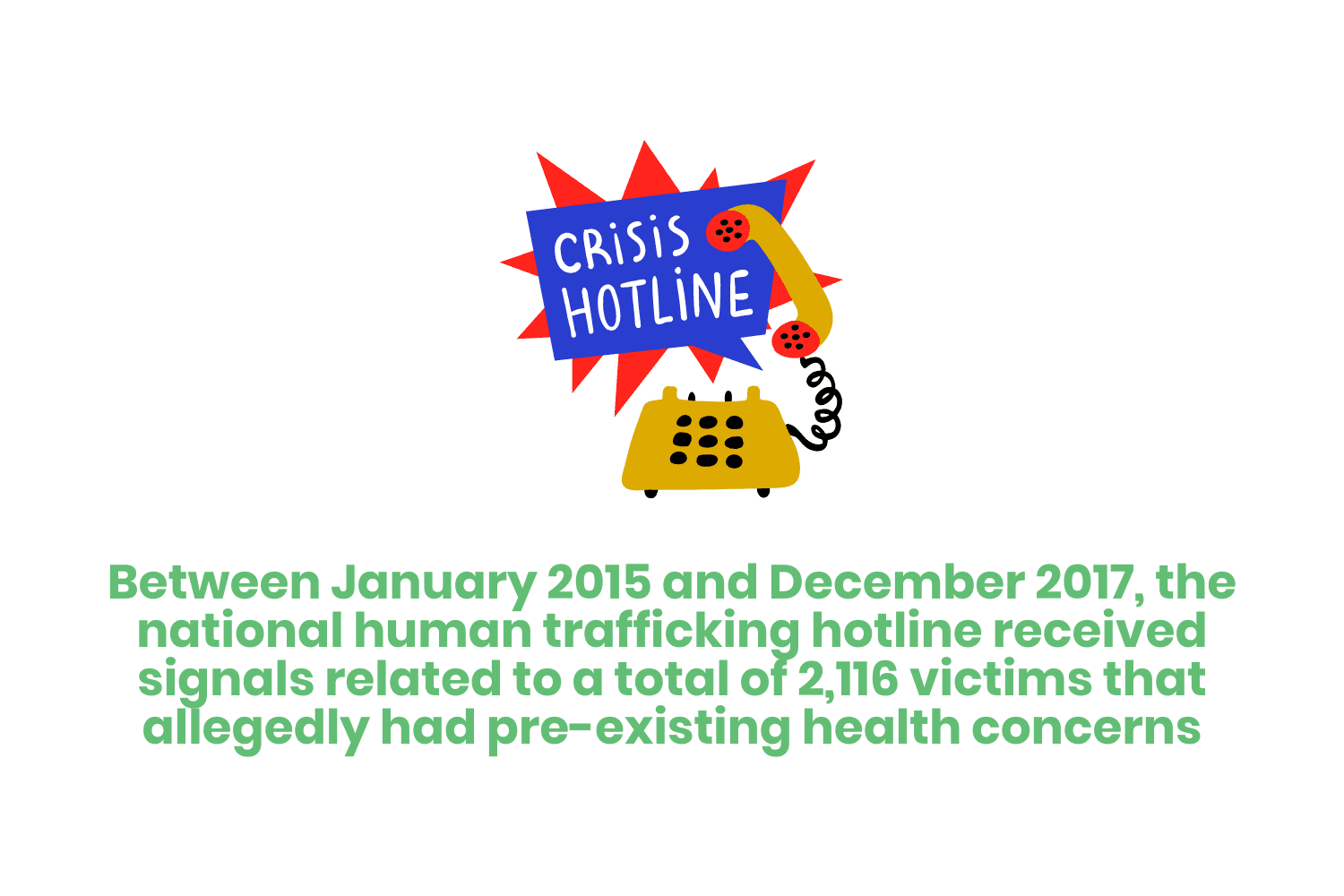
When it comes to pre-existing health concerns for sex trafficking victims, research suggests…
-
1,010 potential victims have a substance use concern
-
247 potential victims have a physical disability/health concern
-
690 potential victims have a mental health concern
-
154 potential victims have an intellectual/developmental concern
When it comes to pre-existing health concerns for labor trafficking victims, research suggests…
-
42 potential victims have a substance use concern
-
82 potential victims have a physical disability/health concern
-
48 potential victims have a mental health concern
-
19 potential victims have an intellectual/developmental concern.
When it comes to pre-existing health concerns for victims trafficked for sex and labor, research suggests…
-
1010 potential victims have a substance use concern
-
247 potential victims have a physical disability/health concern
-
690 potential victims have a mental health concern
-
154 potential victims have an intellectual/developmental concern.
Healthcare & Labor Trafficking
Labor trafficking victims are both healthcare clients and patients. They are also found among workers in the healthcare industry. In fact, since 2007, the National hotline identified a total of 64 potential labor trafficking cases where the victims were working in the healthcare space.
According to hotline data, labor trafficking in healthcare usually happens in nursing homes and home health aids. The victims are typically “employed” by healthcare staffing agencies.
The hotline data also shows that nearly one in three labor exploitation victims in the healthcare industry since January 2015 are women from the Philippines.
So how do these victims become employed in trafficking situations?
Someone will promise a worker lucrative wages and career opportunities. They will secure a guest worker visa for the worker. The H-1B, H-2B, B-1, and J-1 visas are just a few examples.
Instead of receiving the promised dream job, potential victims meet a harsh reality. They face substantial recruitment fees that take up a good portion of their income.
They face situations like…
-
Little or no pay
-
Extreme isolation and restricted movements
-
Document confiscation
-
Debt-bondage
-
Excessive working hours
-
Threats of deportation and blacklisting
What kind of healthcare roles do these victims take on?
-
41 victims worked in residential care facilities
-
18 victims worked in home health care services
-
4 cases made the victim work in the nursing field
-
For example, they would work as a CNA or RN
-
-
3 cases made the victim work in a non-residential care facility
-
These facilities could be a doctor’s office, a clinic, or a hospital
-
-
87 cases involved adult caretaking in domestic work
When looking at the data above, it’s important to note that the data is non-cumulative. This means that cases can involve multiple facilities and services while the victim is actively trafficked.
At this point, it’s important to reinforce the idea that there is a correlation between home healthcare and domestic work. When looking at human trafficking in the healthcare space, it is important to look at both home healthcare and domestic work.
As the baby boomers age, they start needing long-term services and support. Due to the demand, experts estimate that we will need over 1,000,000 personal health aids by 2026. Due to the demand, human trafficking will increase.
The home health aid industry already suffers from low wages, poor working conditions, gender disparities, and a lack of benefits. This environment is rife with trafficking because it is naturally exploitative. Unless some structural changes happen, trafficking in the form of at-home health aids will increase.
Substance Abuse & Human Trafficking
While it’s good that doctors are learning to identify human trafficking victims while seeing patients, there is one problem. 47% of survivors surveyed reported some sort of monitoring during their healthcare visits.
Sometimes the trafficker themselves are in the exam room. They will answer questions or speak for the patient to make sure their victim doesn’t alert the staff to the trafficking situation.
If the trafficker doesn’t monitor directly, a “bottom” monitors the victim and reports back to the trafficker. A bottom is a term some pimps use to refer to a victim still under their control but “learned” a higher ranking among the other victims.
If no one is present with the patient in the exam room, that doesn’t mean the trafficker isn’t watching. Sometimes a victim is so brainwashed that simply knowing their trafficker is in the parking lot will deter the victim from seeking help.
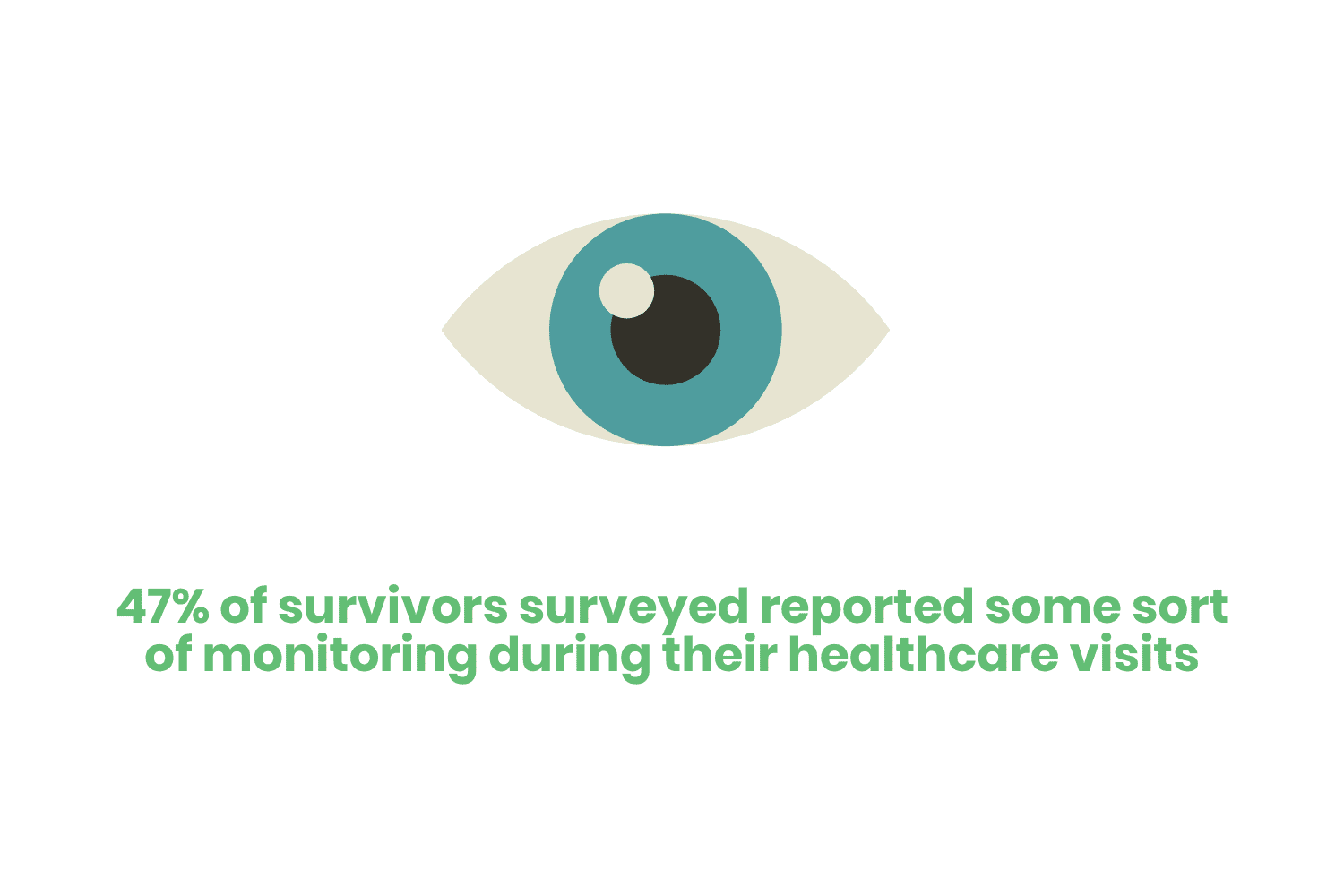
It’s also important to remember that many traffickers have familial relations with their victims. Sometimes a parent will traffic their child. Although a child and parent coming into the doctor’s exam room may be normal, it prevents the victim from speaking up about the abuse.
Luckily, many of the 2109 tips coming into the trafficking hotline from healthcare professionals resulted from staff noticing suspicious monitoring behavior from the potential controllers. Some commonly reported controlling behaviors include…
-
Insisting on being present at all times during the health care visit,
-
Holding the patient’s ID or documents,
-
Filling out paperwork without consulting the patient,
-
Claiming they have some familial relation to the patient, but not knowing critical details about their medical history or identity
Victim & Survivor Usage of Healthcare
The most common venue for medical care reported by trafficking survivors are Emergency Departments. 44% of respondents reported that they also interacted with primary care or other infrequent doctor visits. That said, 68% of survivors said they interacted with emergency departments and hospitals while trafficked.
Victims come to emergency departments with ailments directly pertaining to their trafficking ordeal.
Some serious injuries requiring treatment include…
-
Physical assault
-
Trauma-related mental health issues
-
Symptoms of malnourishment
-
Advanced infections from a lack of medical care and/or poor hygiene
-
Severe workplace injuries
-
Drug overdoses
There are also cases of potential victims seeking emergency medical care for issues unrelated to their trafficking ordeals.
These instances include situations involving…
-
Appendicitis
-
Flu
-
Health concerns
-
Complications of pre-existing health issues
Traffickers will restrict and control medical access. This coupled with a potential lack of access to regular preventative care means minor infections or illnesses are often left untreated. These issues will persist until they become an acute or emergency situation.
This delay in care is a red flag that may indicate human trafficking. Any unusual advancement of injury or illness should also be a red flag.
Potential victims may go to a hospital with one ailment or illness, except while getting examined, doctors will find a whole host of unrelated, yet untreated and undiagnosed conditions. This should also be a red flag.
Another indicator of human trafficking when examining a patient seeking emergency medicine is if the potential victim…
-
Unexpectedly leaves
-
Refuses care
-
Gets removed from the hospital against medical advice
Healthcare professionals must assess why a patient may feel compelled to leave. They need to understand why someone will intentionally not follow the course of recommended care.
You see, a potential trafficker could be behind the scenes. They could be using debt, threats, manipulation, and coercion to pressure the victim to return to work quickly. In some cases, sex traffickers want their victims to remain conscious of buyers so they won’t allow their victims to use prescribed pain medication.
Conclusion
The best way to fight against human trafficking in the healthcare space is to learn what it looks like. Once you identify a situation as being a potential trafficking arrangement, you need to know what to do.
This is why training healthcare staff about human trafficking is so vital. If you would like to purchase human trafficking training for healthcare employees, click here.
If you would like to learn more about human trafficking and healthcare, visit Polaris Project and their 2018 report. There, you can reinforce the information you learned above and read about real survivor stories and how they interacted with the healthcare industry.

